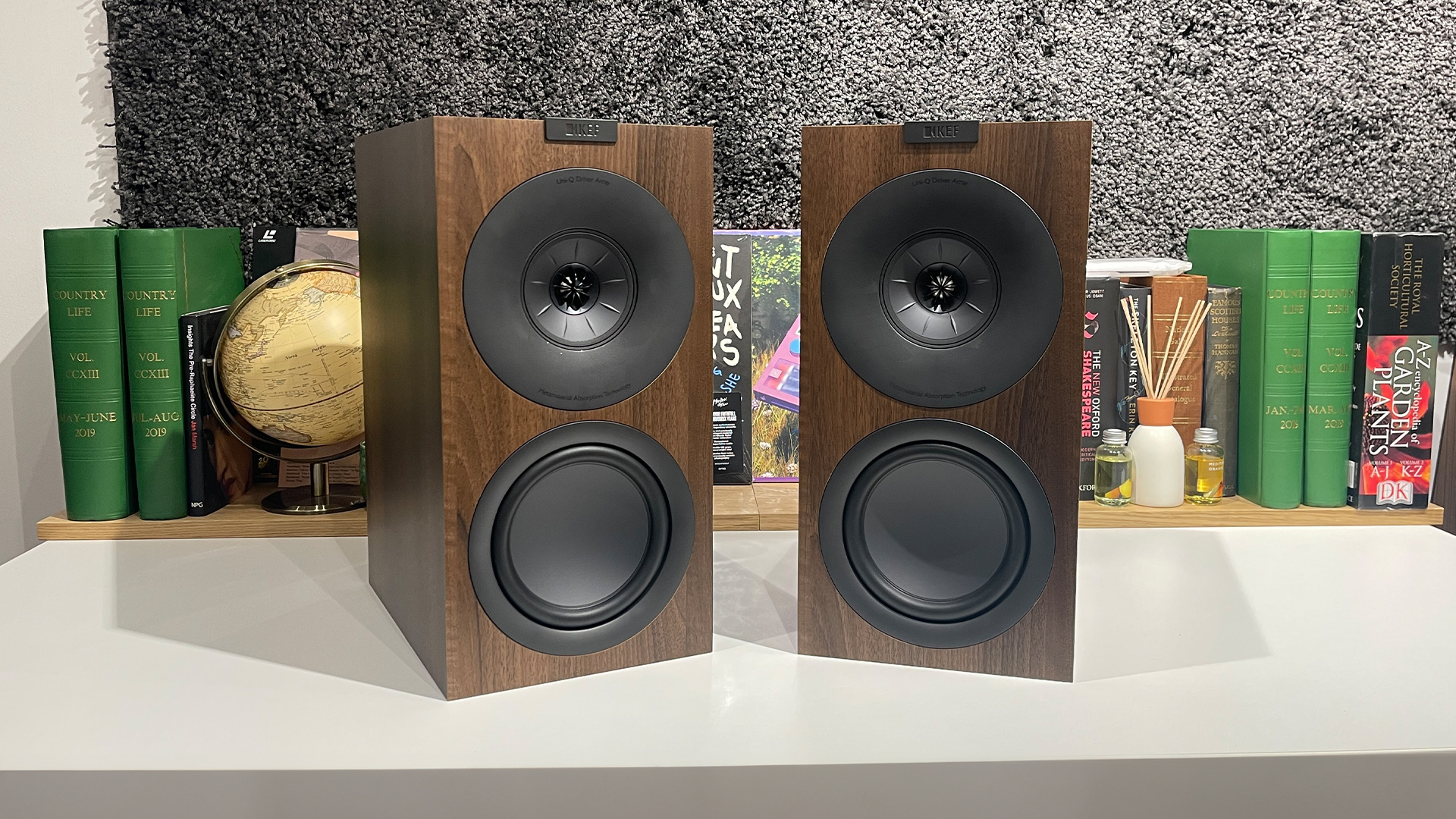
Anyone who has ever craved KEF’s excellent R3 Meta standmounter, but never quite had the resources to stretch to its £1899 / $2199 / AU$3900 asking price now has a more affordable alternative. The Q Concerto Meta are part of the company’s new entry-level Q Meta range and promise a generous dose of the Award-winning R3’s performance for just a little over half the price.
The 9th iteration of KEF’s entry-level Q range has been a long time coming. It is expansive and includes three standmounters (Q1 Meta, Q3 Meta and the Q Concerto Meta on test here), two floorstanding models (Q7 Meta and Q11 Meta), a dedicated centre speaker (Q6 Meta), a versatile on-wall design (Q4 Meta) that can be used as an LCR or a surround, and a Dolby Atmos upward-firing speaker (Q8 Meta) that can also double as a compact surround option.
The previous generation of Q products was launched back in 2017, and it is fair to say that the company’s trademark Uni-Q driver array has been improved significantly since then. This is KEF’s core driver technology and is now in its 12th generation. The important thing to know about Uni-Q is that it positions the tweeter right in the throat of the midrange unit, bringing dispersion and integration advantages over more conventional driver arrangements.
Oddly, the Concerto Meta (the largest standmount in the range) is the only model that has a non-numerical name. That name celebrates one of the company’s legendary designs from the late ’60s, but beyond that, the two models seem to share very little bar a desire to produce a great sound for the money.
Design
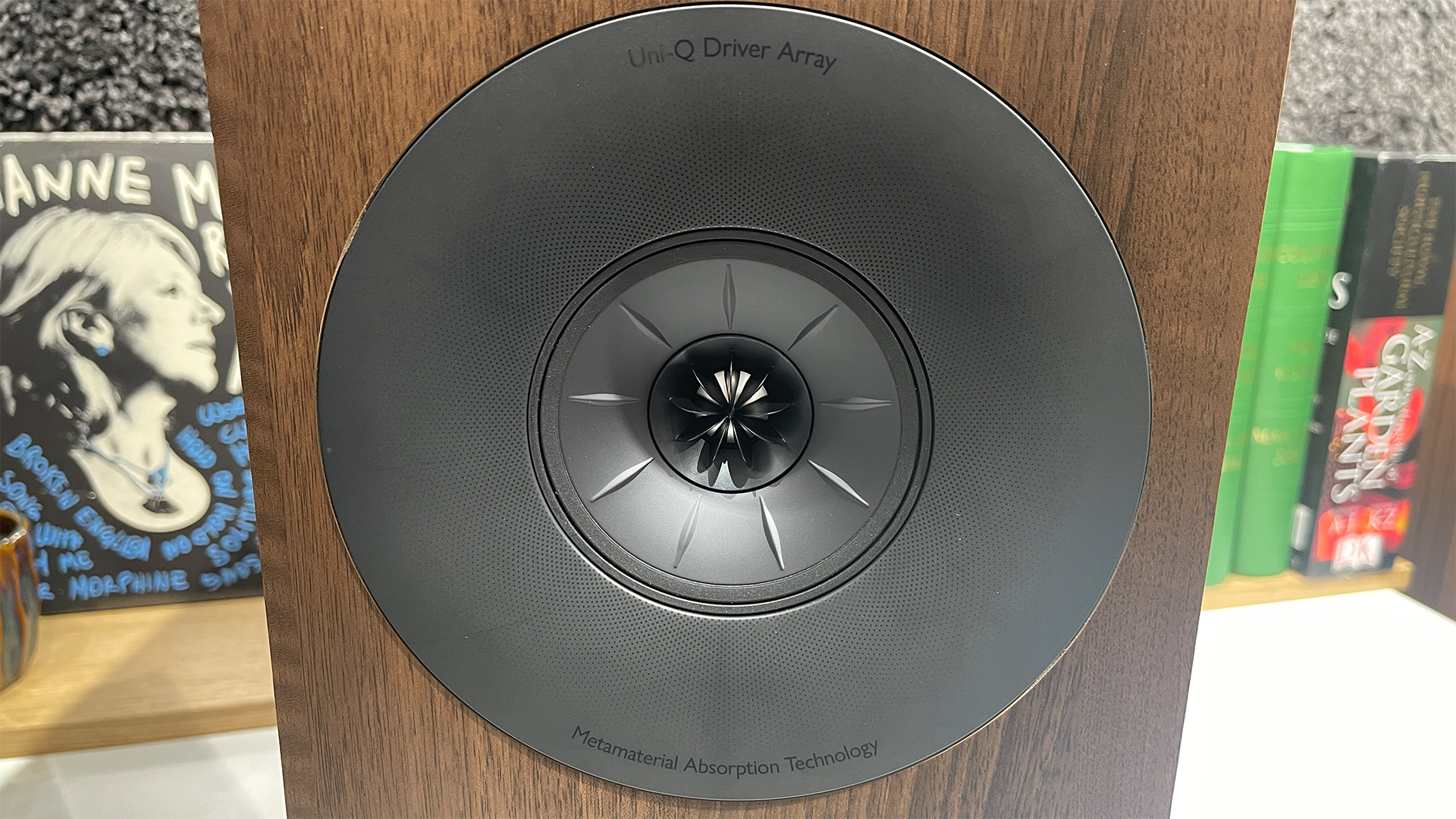
The Q Concerto Meta is a true three-way design. Its Uni-Q driver array packs a 10cm aluminium midrange, a 19mm vented aluminium dome tweeter and KEF’s Metamaterial Absorption Technology. It is the first time the Q series has featured MAT. This technology takes the form of a highly complex maze-like structure that sits behind the tweeter dome and is made up of multiple channels that are each tuned to absorb a specific frequency. When the channels are combined, KEF claims that MAT absorbs 99 per cent of the unwanted high-frequency sound. Impressive.
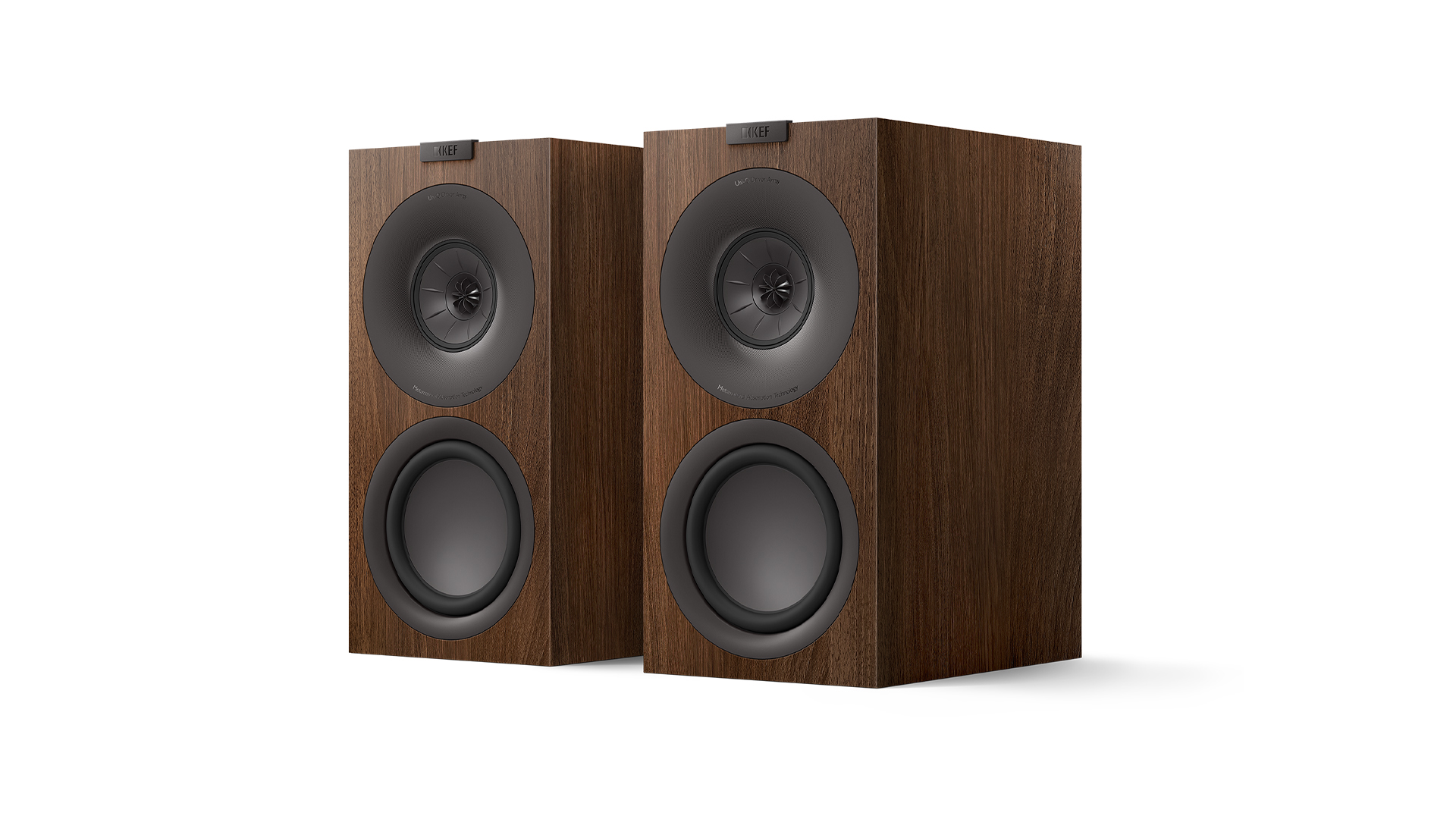
Type Standmounts
Drive units Uni-Q array (19mm aluminium tweeter, 10cm aluminium midrange), 16.5cm aluminium/paper bass
Ported? Yes (rear)
Bi-wire? No
Impedance 4 ohms
Sensitivity 85dB
Dimensions (hwd) 41.5 x 21 x 31.5cm
Weight 9.5kg
Finishes x 3 (satin black, satin white, walnut)
The Concerto’s low frequencies are delivered by a new design of bass driver. This new unit uses a 16.5cm hybrid cone that has an aluminium skin over paper; the combination of materials and shallow concave shape promise good damping, improved rigidity and so a more pistonic motion. The result should be improved punch and definition.
A rear-firing port is used to tune the lows. KEF provides two-stage foam bungs if you need to use the speakers close to a wall. The bung does its job well, making a close-to-wall position possible by reducing bass output. However, the speakers sound most natural when placed on solid stands around 70cm into our test room and well away from the side walls. Think of the foam bungs as an emergency band-aid to get you out of trouble rather than the optimum way to use the speakers.
Build & compatibility
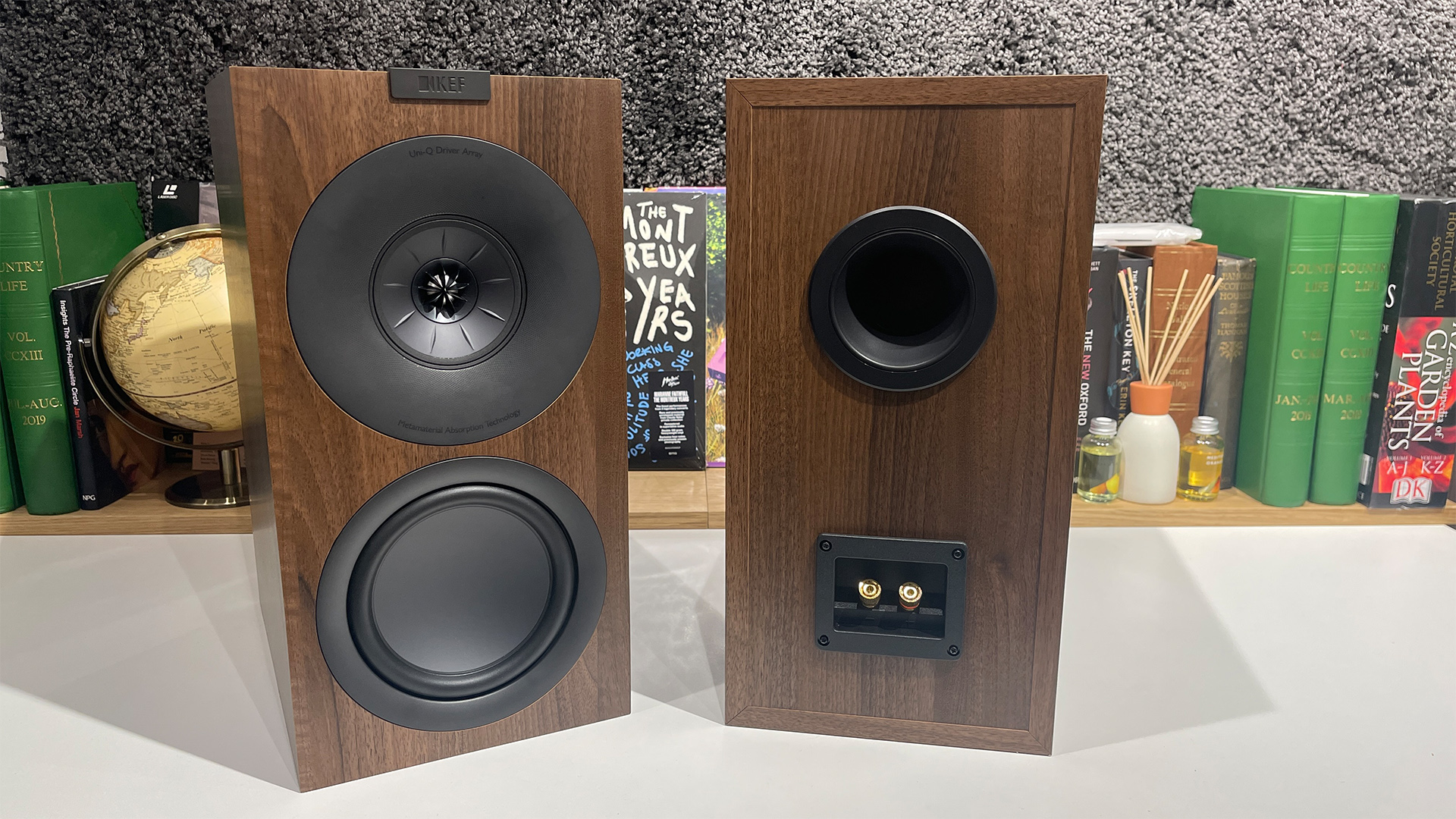
General build quality is as good as we have come to expect from KEF. The Concerto’s enclosure is solid and its cabinet edges are neatly finished. Sure, spend more for the R3 Meta and you get a more luxurious box, but by price standards, the Q Concerto Meta does well. We like the speaker’s clean lines and lack of visual clutter. There is a choice of three finish options: satin white, satin black and walnut. They all look smart.
Judged on paper, these KEFs look like a demanding electrical load. Their nominal impedance is 4 ohms and sensitivity is relatively low at 85dB/W/m. These numbers suggest that it is best to drive them with a properly muscular amplifier. In use, they prove more accommodating than expected. We get good results with Arcam’s 50-watt per channel A5 amplifier in our 3m x 7m x 5m test room, while the likes of Naim’s Nait XS 3 (70 watts per channel) manages high volume levels without issue. The clue is in the minimum impedance figure of 3.2 ohms, which indicates that despite the low nominal impedance, these speakers aren’t as reactive a load as they might have been.
A speaker at this level has a broad remit. It has to be forgiving enough to work with modestly priced budget separates but still have enough sonic stretch to reward upgrading to more premium electronics. With this in mind, we use Rotel’s excellent budget A8 amplifier alongside the aforementioned Arcam and Naim, and also press our reference Burmester 088/911 MkIII amplifier into service. Our sources are Naim’s ND555/555 PS DR music streamer, the Technics SL-1000R/ Kiseki Purpleheart and the Cyrus CDi CD player (a more price-comparable front-end).
Sound quality
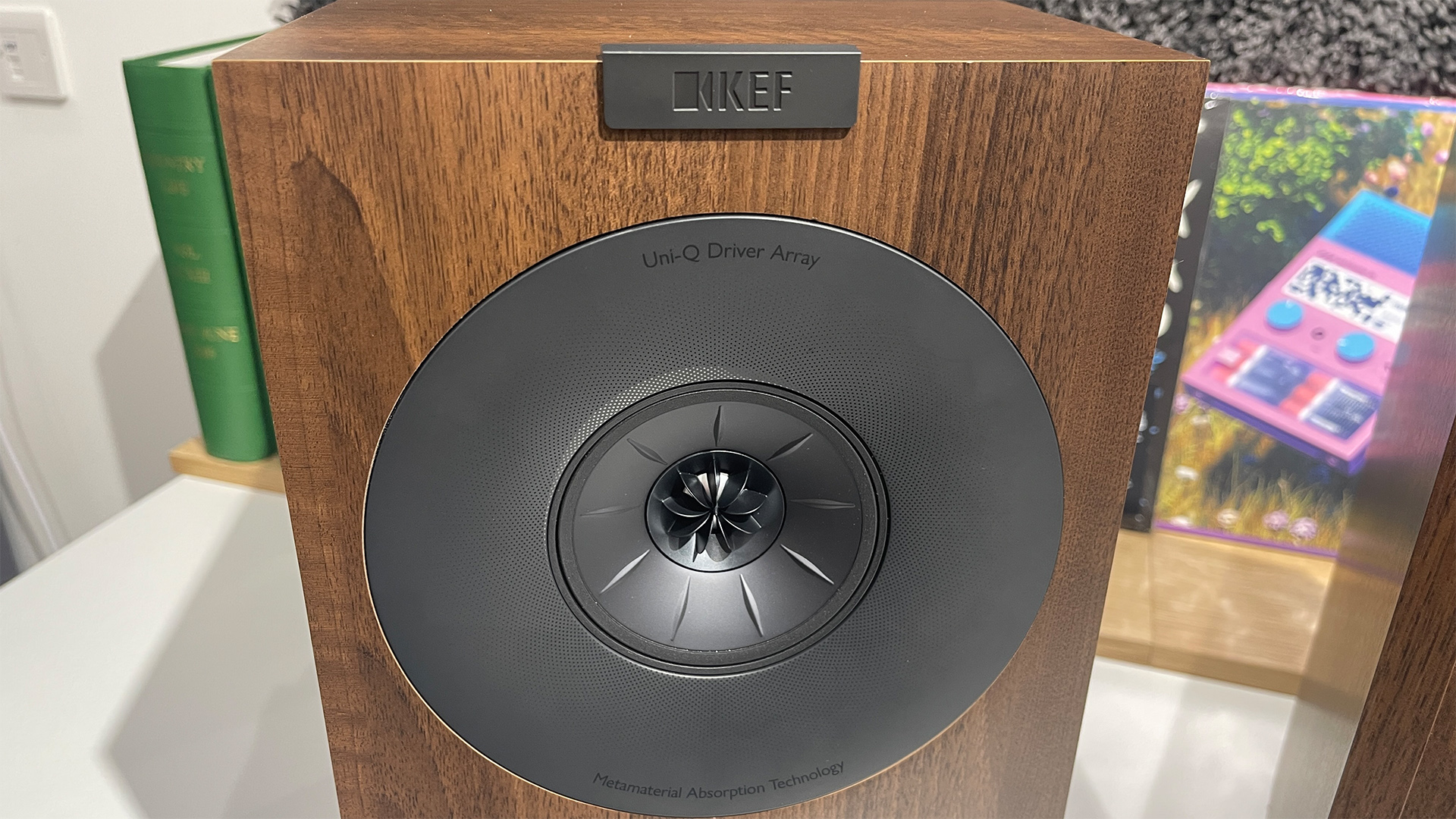
The Q Concerto Meta does well regardless of partnering electronics. This is a superbly balanced performer that does indeed put us in mind of the pricier R3. In direct comparison, it is no surprise to find that the pricier speaker offers better sound quality across the board, particularly when the partnering system becomes ambitious. But, judge the cheaper speaker in its own right and it still thoroughly satisfies.
KEF has been remarkably consistent with the character of its speakers over the last decade or so. There is a straight line through the sonic signature we hear from the Q Concerto Meta, R3 Meta and the LS50 Meta. Look to higher price points and there remain strong similarities in balance that go as far up as the high-end R1 Meta standmounter that costs £7499 / $8999 / AU$15000. That’s a level of consistency few rivals can match.
The in-house comparison with the Award-winning LS50 Meta is interesting. At £999 / $1599 / AU$2500 the two are close enough to be considered direct rivals. Yet, listen to them side-by-side and the right choice becomes a matter of taste.
The three-way Concerto easily wins when it comes to low-end muscle and definition, delivering the lows of John William’s Jaws OST with considerable verve and punch. There is so much more authority, grip and scale than the smaller LS50 Meta can deliver. The newer speaker sounds more comfortable at higher volume levels too. Yet, the older model counters with greater insight, refinement and naturalness from the midrange upwards. It is the more sophisticated performer, rendering the spacious nature of Arvo Pärt’s Litany recording with notably more finesse and tonal subtlety. We suspect the LS50 Meta’s more elaborate cabinet construction pays dividends here.
By general class standards, the Q Concerto Meta is superbly balanced. These speakers have a smooth tonality that still delivers enough bite to satisfy. You could feed them a diet of White Stripes and Nirvana and never feel short-changed in terms of attitude. Yet, play a grand classical piece such as Tchaikovsky’s Marché Slave Op.31 and they deliver the swelling dynamic shifts and mass of instrumentation with enviable control and composure. There is a degree of sonic sophistication in their delivery that’s only bettered by the LS50 Meta.
Positioned with care, the Concerto generate a convincing soundstage with precise layering and a fine degree of stability when the music gets demanding. The even dispersion of the Uni-Q driver comes into its own here with the speakers delivering a considerably wider listening sweet spot than any non-KEF alternative we've tried.
Sure, PMC’s excellent and similarly-priced Prodigy 1 proves that it is possible to get greater dynamic expression and rhythmic dexterity at this level, but the KEF are hardly flat-footed. Their measured approach still has a lot of appeal.
Verdict
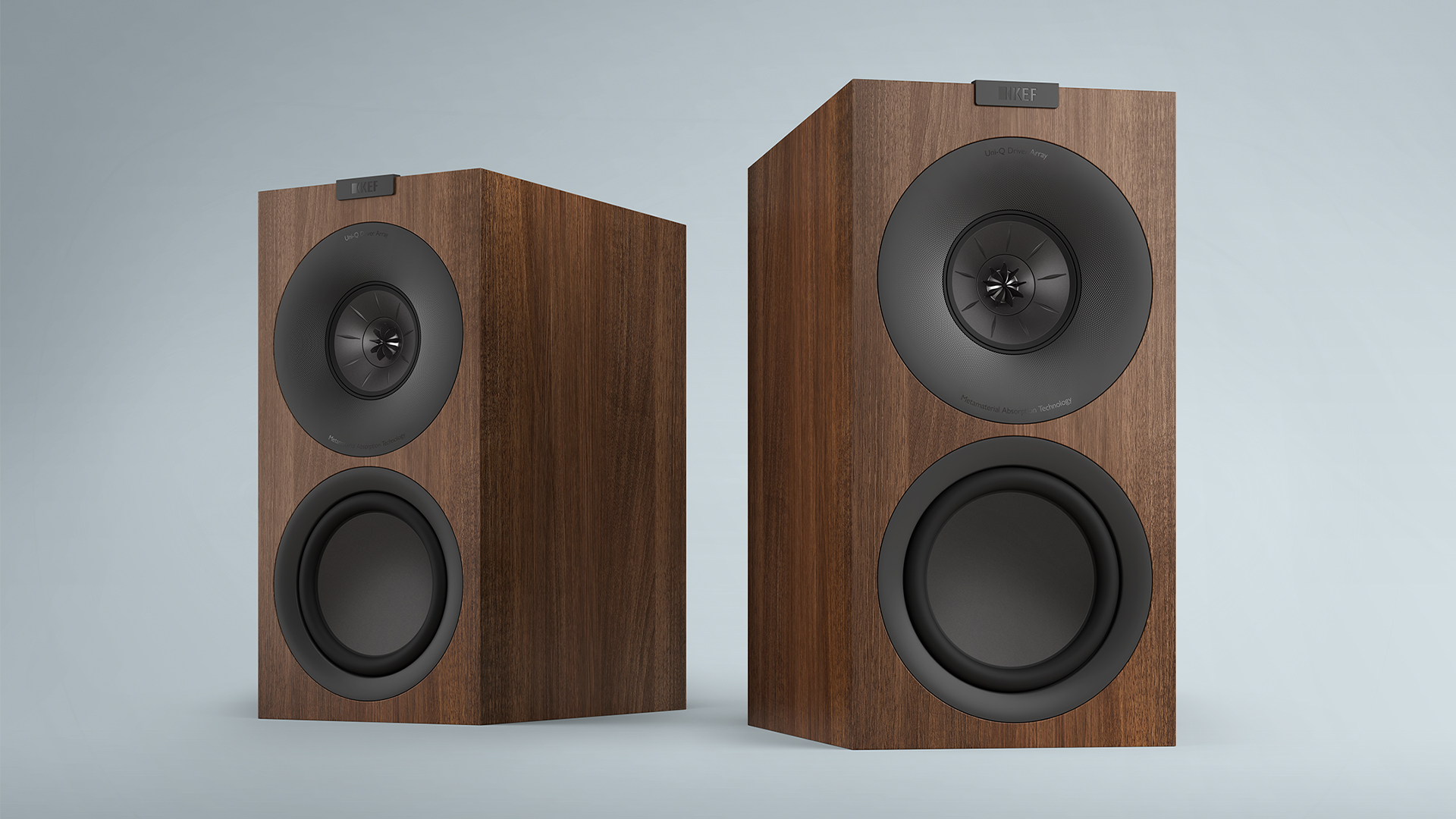
There is much to admire about the KEF Q Concerto Meta. They have no shortage of quality competition, particularly in-house alternatives such as the LS50 Meta, but still manage to make a mighty strong case for themselves. If you are looking for a quality pair of standmounters at this level then these should be on your shortlist.
First reviewed: October 2024. Review updated March 2025.
SCORES
- Sound 5
- Build 5
- Compatibility 4







